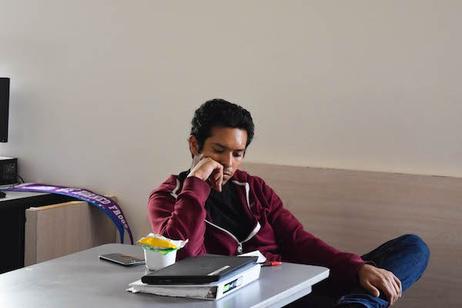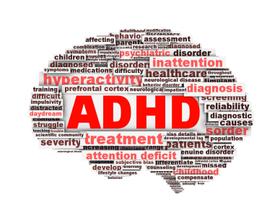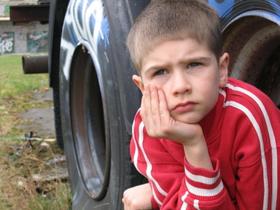Homeless children face a myriad of issues, not the least of which is the ability to get a quality education. Unfortunately, the incidence of homeless families has been on the rise since the economic downturn began. Across the country, schools are working hard to ensure homeless students get a level playing field, with the hopes these children can get the education they need to move out of a life of poverty.
The states: "Homeless children and youth often have problems enrolling and participating in school. As a result, Congress passed the McKinney-Vento Homeless Assistance Act in 1987. This law gives homeless children and youth the right to:
- Remain in the same school even if they move;
- Enroll in a new school without typically required records such as proof of
- residency, immunizations, school records, or other papers;
- Get transportation to school;
- Get all the school services they need; and
- Challenge decisions made by schools and districts.
This video looks at the issue of homeless high school students.
Identifying Homeless Children
According to the , "homeless children include those who lack a fixed, regular and adequate nighttime residence." This might include children who live in shared housing, motels, cars or shelters.
Sometimes homeless students are identified directly, making it easy for school staff to provide the necessary assistance. However, many students do not want to provide such information, and teachers may have to identify homeless children through the following observances:
- Children may exhibit signs of increased sleepiness.
- Children may wear the same clothing to school over and over.
- Teachers may observe abrupt changes in appearance and habits.
- Children may suffer from a decreasing quality of schoolwork.
- Children may experience a higher than average rate of absence.
Homeless students come from every race and background, and most are living in single-parent families. Mothers of such families often have a higher rate of depression and substance abuse, and some have experienced some sort of physical abuse. These characteristics trickle down to the children, making it even more difficult for students to socialize normally or perform well in their studies.
This video offers some suggestions for identifying homeless students.
Homeless in Indiana
According to a recent report in the , the rate of homeless children in Indiana has risen 26% since the 2008-2009 school year. This means that there may be nearly 10,000 students in Indiana schools that do not have a regular home, with more than 43% of those kids in kindergarten through third grade.
"It's extremely difficult for the kids. They don't know where they're going to be staying tonight…if they're going to get a meal tonight. Certainly, there's a lot of emotional baggage that comes with this," Christina Endres, Indiana's Department of Education's coordinator for homeless education, told the Tribune.
Federal stimulus funding has helped Indiana schools subsidize costs for transporting homeless students to schools and providing additional programs and assistance to help students succeed in the classroom. Transportation is a key concern with homeless students because the right transportation solutions keep kids stable enough to remain friends and have access to social assistance programs.
In this video, homeless students describe their experiences.
Across the Board in South Dakota
The increase in homeless students in South Dakota has meant that just about every school in the state is directly impacted by the problem. According to a report at , the Sioux Falls school district has seen the number of homeless students jump by about 44% over the past five years. Today, about one child in every classroom across the district does not have a permanent home to go to after school.
"We have homeless students identified in every school in the district," Gail Swenson, supervisor of Sioux Falls school district's Office of Homeless Education told Argus Leader. "Some would like to believe one part of town would not have a homeless child and another part would. It's across the board."
While schools like those in South Dakota are asking for additional funding to provide the necessary infrastructure and assistance programs to these students, in the current cash-strapped environment, there is little hope that the necessary money will come. The stimulus money that has been used to strengthen programs for homeless students may decrease considerably by next year, leaving schools in South Dakota and elsewhere scrambling to meet the special needs of these kids.
Other states that have seen significant increases in homeless students in recent years include Texas, Iowa, New Mexico, Kansas, and New Jersey. The numbers for these reports came from , "a bipartisan advocacy organization dedicated to making children and families a priority in federal policy and budget decisions."
"Schools are uniquely positioned to provide safety, structure, and services for homeless children," First Focus President Bruce Lesley stated along with the release of a report that outlines the major education concern of homelessness. The question then becomes, where will the funding come from to assist homeless students with their needs, ensure quality education, and break the cycle of poverty?
The answer to that question remains to be seen, but advocates continue to fight hard for the rights of these students across the country.
Questions? Contact us on Facebook. @publicschoolreview














